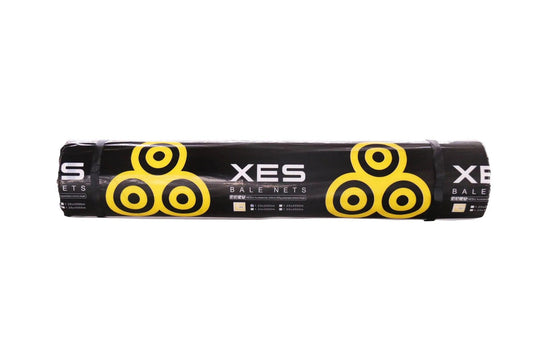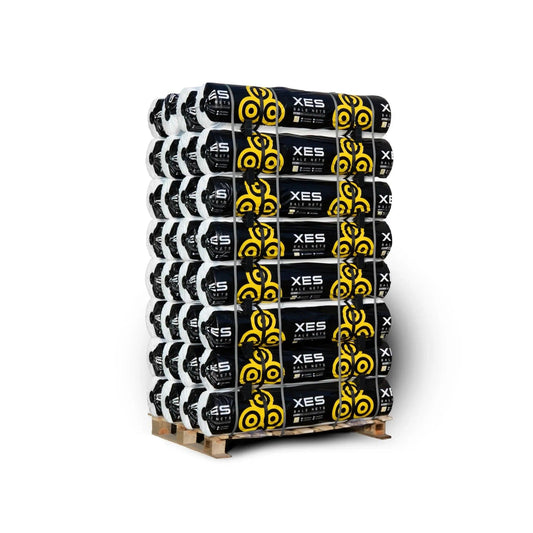INTRODUCTION
In the agricultural industry, bale hay nets play a crucial role by securing hay and straw bales during transportation and storage. One significant determinant of their effectiveness is size. In this article, we explore the dimensions of bale nets popular in various regions and delve into the ramifications of different sizes.
SIZE ANALYSIS
The size of a bale net hinges primarily on the count of strands and knots per meter. Generally, bale nets vary in width from 1.23 to 1.5 meters and stretch anywhere between 1,000 to 4,000 meters in length.
- Europe typically sees the sale of bale nets measuring 1.23 meters in width and 2,100 meters in length. This size, considered standard, is extensively used for round bales. The 1.23-meter width adequately envelops and safeguards the bale, while the substantial 2,100-meter length allows multiple bales to be encased using a single roll of net.
- Meanwhile, in North America, the standard bale net dimensions are 1.5 meters in width and 3,000 meters in length, catering to both round and square bales. The increased width accommodates the larger bale sizes typical in the region, and the extensive length allows for wrapping multiple bales with a single net roll.
The density of a bale net, assessed by the number of strands per meter, ranges between 20 to 40. A denser net, having more strands, offers superior protection against wind and rain damage. Furthermore, the structural integrity of the net is dependent on the number of knots per meter, which can vary from 2 to 8. More knots per meter translate into a stronger, more robust net.
IMPLICATIONS OF DIFFERENT SIZES
The dimensions of bale hay nets carry significant implications for their utility in agricultural operations.
-
Bale Net Width:
- A wider net encompasses a larger bale surface area, enhancing protection against weather elements like wind and rain.
- However, a wider net also increases the weight of the bale, which can make handling and transportation more challenging.
-
Bale Net Length:
- Longer nets offer efficiency as they require less time and effort to wrap around the bale.
- But, longer nets might not be suitable for all bale sizes and can lead to excess material that needs trimming.
-
Density of Strands and Knots:
- A denser bale net—with a higher number of strands and knots per meter—promises improved durability and strength, capable of withstanding harsher weather conditions, thereby providing superior bale protection.
- On the downside, denser nets might carry a higher cost and can be more difficult to handle during application.
Understanding these factors enables farmers to make more informed decisions about the size and density of the bale nets they use, striking a balance between protection, efficiency, durability, cost, and handling.
CONCLUSION
In summary, the dimensions of a bale net are a critical consideration in choosing an effective tool for securing hay and straw bales. Factors like width, length, and the number of strands and knots per meter can influence the weight, coverage, efficiency, durability, and strength of the net. Thus, the selection of a suitable bale net size should be guided by the specific demands and requirements of each agricultural operation.



